Scotland Discovering a huge object on Loch Ness during a trip in 1933, Hugh Gray quickly took a photo and was sure he had seen the monster Nessie.
On November 12, 1933, Hugh Gray was walking along Loch Ness, near the Scottish city of Inverness, on a sunny Sunday when he saw a “large object” rising from the water not far from him. Gray took out his Kodak camera to photograph what appeared to be an animal’s tail stirring the water before it sank.
Gray sent the story, along with the only photo he took that day, to the Scottish Daily Record . He believed he had captured the first image of Nessie, the mysterious creature that has been rumored to be in Loch Ness for decades, according to Roland Watson, who analyzed Gray's photo.
Loch Ness is about 37 km in circumference and more than 200 m deep in places, and can hold more than 7.4 million m3 of water. The first records of the Nessie monster appeared in the Middle Ages, when the Irish monk St Columba was said to have encountered the giant creature on the Ness, the river that flows from Loch Ness.
Gray's story added to the growing body of reports about the mysterious creature, and the black-and-white photograph he took sparked Nessie fever not just in the region but around the world.
"The photo launched the modern era of Nessie hunting. Before that, it was considered just a local legend," said Watson, who has written several books about the Loch Ness monster. "Ninety years later, Gray's photo is still considered one of the best Nessie photos ever taken."
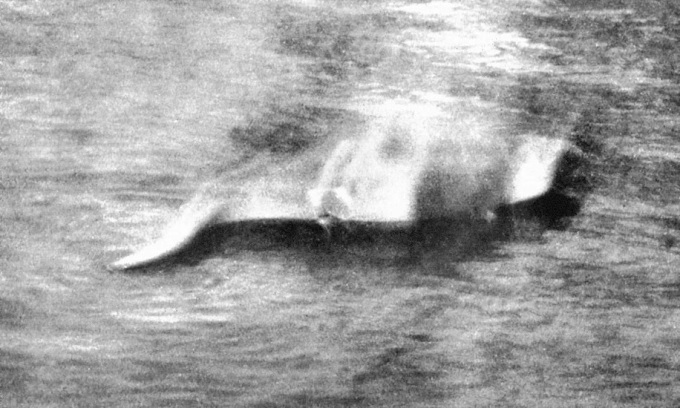
Hugh Gray's photo of an object on Loch Ness in November 1933. Photo: Washington Post
So far, Nessie hunters have yet to get a more convincing image of the mysterious creature, despite the support of many new technologies such as digital cameras, sonar equipment, satellite images and smartphones.
The Loch Ness Center and the volunteer research group Loch Ness Exploration held a Nessie Hunt Campaign last weekend with the participation of hundreds of volunteers around the world, but without any results.
Gray, who worked at the Foyers aluminium smelter on the east coast of Loch Ness, was highly respected by his colleagues and the community for his Nessie discovery, according to Watson. But skeptics at the time believed he was simply photographing a floating log or possibly a whale.
However, Gray's photograph was taken at a time when there were several major sightings of the Loch Ness monster. In April 1933, the Inverness Courier newspaper published a story about local hotel manager Aldie Mackay who said he had seen a whale-like "monster" stirring the waters of Loch Ness as they drove along the shore. Tourists then flocked to Loch Ness in the hope of catching a glimpse of the monster.
That summer, George Spicer, a tourist from London, said he saw a creature more than two metres long with a long neck crossing the road as he drove near Loch Ness.
"The animal looked like a dragon or a prehistoric animal. It crossed the road about 45 meters in front of my car and seemed to be holding a small sheep or some animal," he said.
Spicer's story "gained media attention and the 'Loch Ness monster' story was born," said Gary Campbell, who runs the Loch Ness Monster Sightings website. The site has recorded 1,148 sightings of unidentified creatures in and around the lake.
Campbell created the site after he saw the alleged Nessie creature himself in 1996. He told the Washington Post at the time that he saw "a black hump disappear and reappear. It was unlike anything I had ever seen."
Campbell's website notes that many sightings can be easily disproven. What appears to be Nessie could actually be a boat, a log, or a human mirage. Seals, otters, large eels, sturgeons, and catfish have also been mistaken for Nessie.
In 1934, London physician R. Kenneth Wilson sold a black-and-white photograph to the Daily Mail of a creature with a long neck sticking its head out of the water. Wilson claimed to have taken the photo in Loch Ness while passing through there with a friend.
Wilson's photo quickly spread through the media, becoming the most popular "proof" of Nessie's existence, overshadowing Gray's photo. However, by 1994, the photo was determined to be a fake.
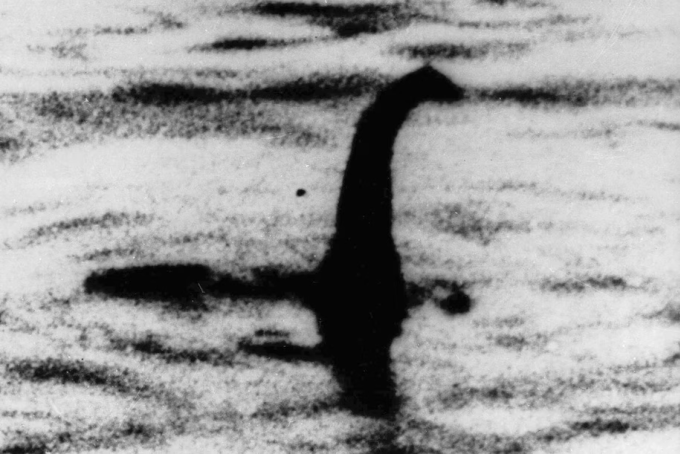
The photo is said to be "evidence" of the Loch Ness monster published by Dr. Wilson. Photo: Washington Post
Many people later theorized that Nessie was a giant sea snake that crawled into Loch Ness and became trapped there.
However, according to Darren Naish, zoologist and founder of the blog Tetrapod Zoology, with thousands of people visiting Loch Ness every day, if such a creature really exists, surely someone will have taken a clearer picture of it.
Gray has never taken another photo of Nessie. However, the Scotsman still believes in what he saw and the photo he took.
Even in 1960, not long before Gray died, he took a cryptozoologist to the spot where he had taken the photo and "spoke of what he had seen with unwavering conviction," according to Watson.
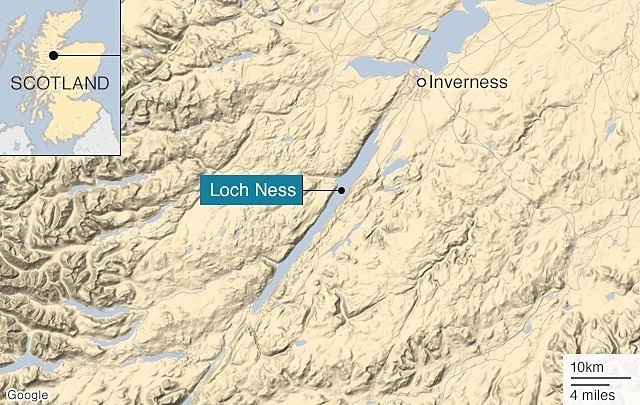
Location of Loch Ness, Scotland. Graphics: BBC
Thanh Tam (According to Washington Post )
Source link








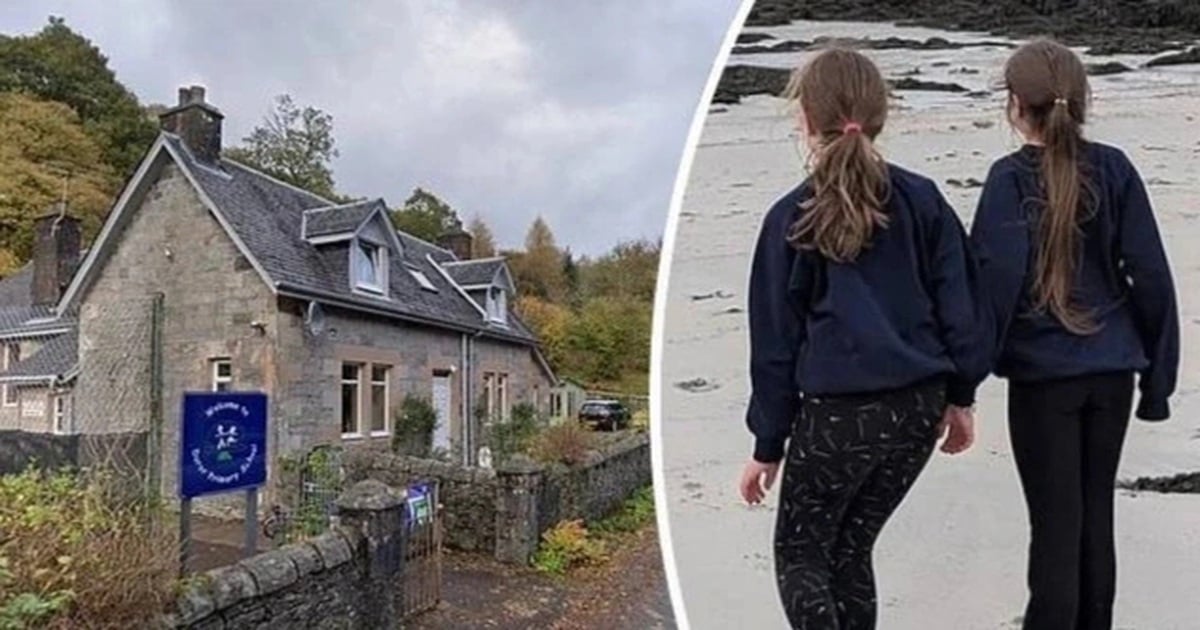























![[Photo] "Beauties" participate in the parade rehearsal at Bien Hoa airport](https://vstatic.vietnam.vn/vietnam/resource/IMAGE/2025/4/11/155502af3384431e918de0e2e585d13a)































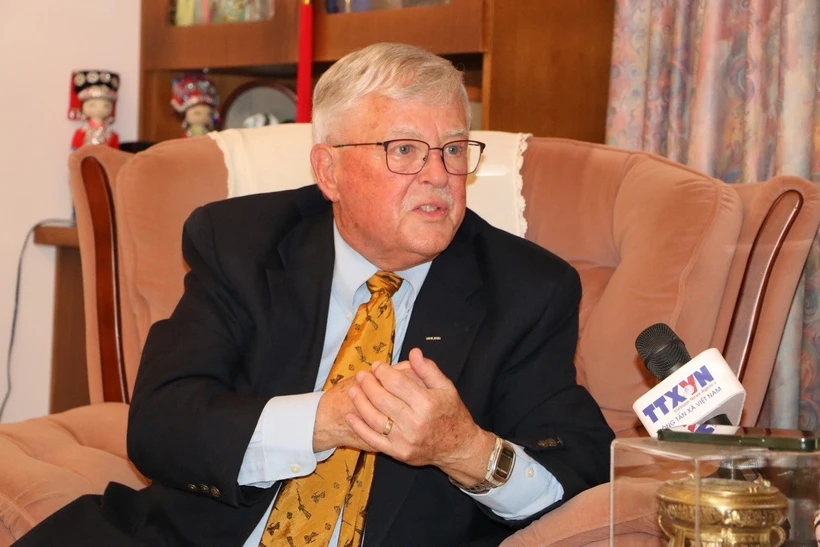









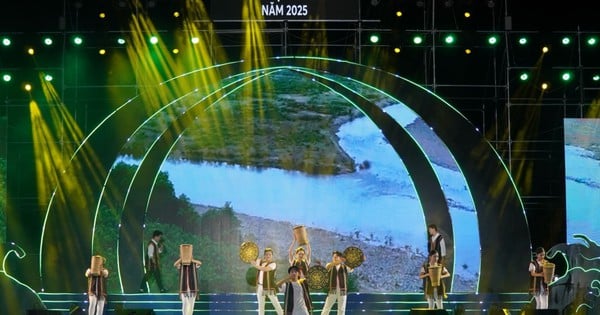




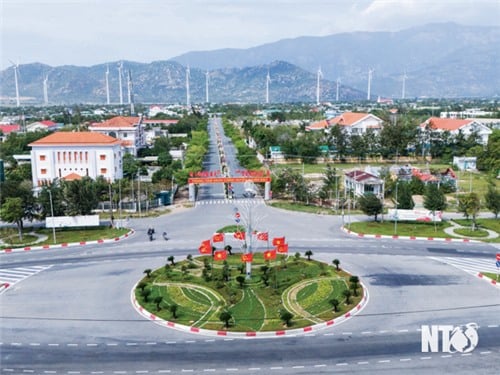


















Comment (0)